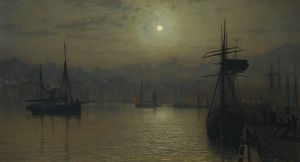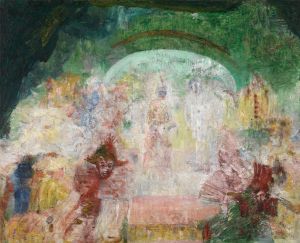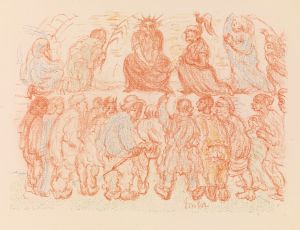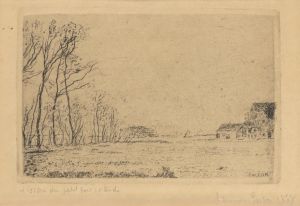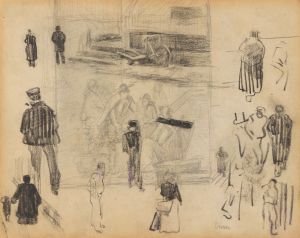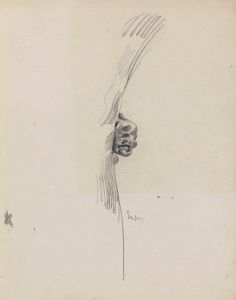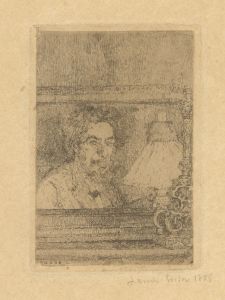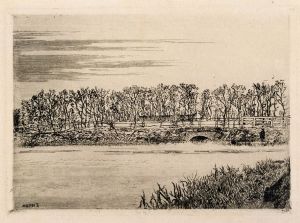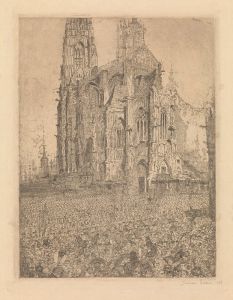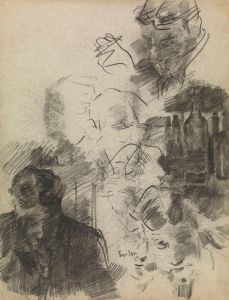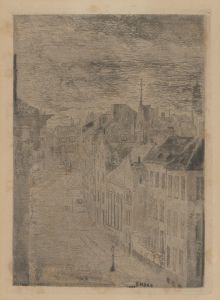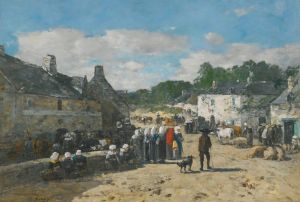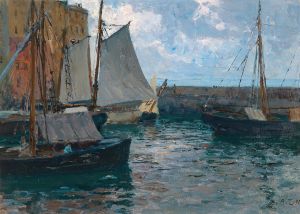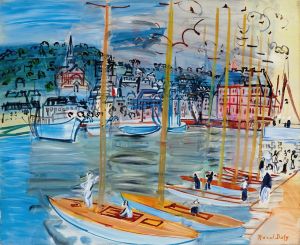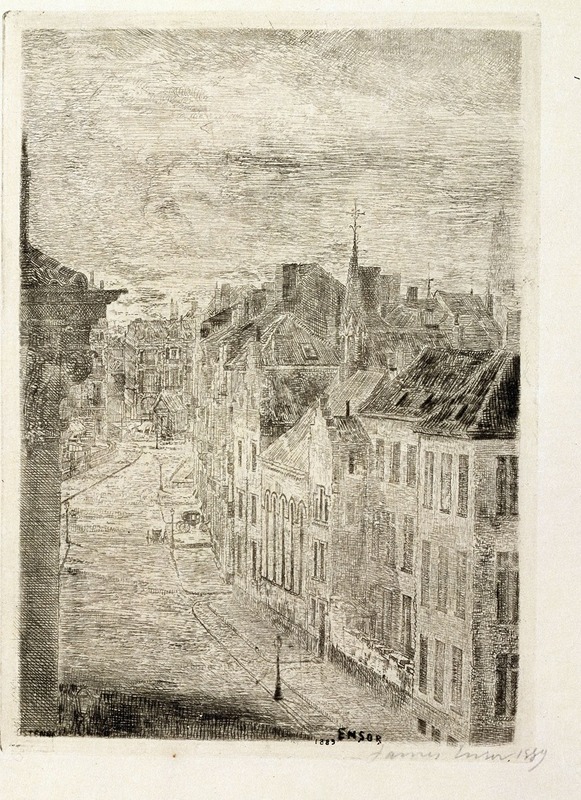
De Van Iseghemlaan in Oostende
A hand-painted replica of James Ensor’s masterpiece De Van Iseghemlaan in Oostende, meticulously crafted by professional artists to capture the true essence of the original. Each piece is created with museum-quality canvas and rare mineral pigments, carefully painted by experienced artists with delicate brushstrokes and rich, layered colors to perfectly recreate the texture of the original artwork. Unlike machine-printed reproductions, this hand-painted version brings the painting to life, infused with the artist’s emotions and skill in every stroke. Whether for personal collection or home decoration, it instantly elevates the artistic atmosphere of any space.
James Ensor's painting De Van Iseghemlaan in Oostende is a work by the renowned Belgian artist James Ensor (1860–1949), who is widely recognized as a key figure in the Symbolist and Expressionist movements. Ensor spent most of his life in the coastal city of Ostend, Belgium, and much of his work reflects his deep connection to the city and its surroundings.
The painting depicts Van Iseghemlaan, a prominent street in Ostend, which was a bustling area during Ensor's time. This street was significant in Ensor's life, as it was the location of his family home and shop, where he lived and worked for much of his career. The shop, run by his mother, sold souvenirs, carnival masks, and other items, many of which influenced Ensor's artistic themes and motifs. Masks, in particular, became a recurring element in his work, symbolizing the grotesque, the theatrical, and the hidden aspects of human nature.
In De Van Iseghemlaan in Oostende, Ensor captures the essence of the street with his characteristic style, which often blends realism with a sense of the surreal. The painting reflects his interest in everyday life and urban scenes, as well as his ability to infuse them with a unique atmosphere. The work is notable for its use of light and color, which convey the mood of the setting and the vibrancy of the city.
James Ensor's art often defied conventional norms of his time, and his innovative approach to subject matter, composition, and technique earned him recognition as a pioneer of modern art. While De Van Iseghemlaan in Oostende may not be as widely known as some of his other works, such as The Entry of Christ into Brussels in 1889, it remains an important piece that highlights his connection to Ostend and his ability to transform ordinary scenes into compelling works of art.
The painting is part of Ensor's broader body of work that reflects his fascination with his hometown, its people, and its culture. Today, James Ensor is celebrated as one of Belgium's most influential artists, and his works are held in major museums and collections worldwide. Ostend itself honors his legacy through the James Ensor House, a museum dedicated to his life and art, located on the very street depicted in this painting.





